5 Autumn Vegetables to Buy This October
Just because summer is over doesn’t mean your table will be boring! Check out what’s in season in October for the tastiest veggies and fruits this autumn.
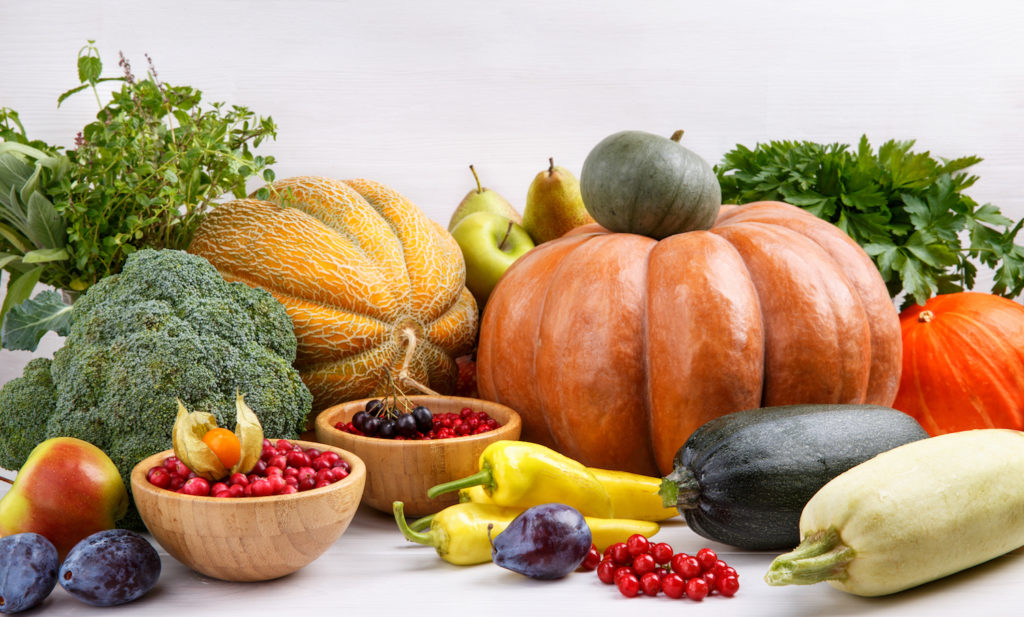
Whether you’re shopping in a farmer’s market or a supermarket, buying in season is always a good idea. The vegetables will be fresher and tastier. And, if nothing else, you’ll get to change up your meals by season! (What gets you in the mood for fall more than a brown butter butternut squash soup, tell me?)
Check out next month’s list of best buys in this guide to what’s in season in November!
But in this age of supermarkets it can be difficult to tell which vegetables are best to buy when. Here is a guide to which vegetables are in season in October.
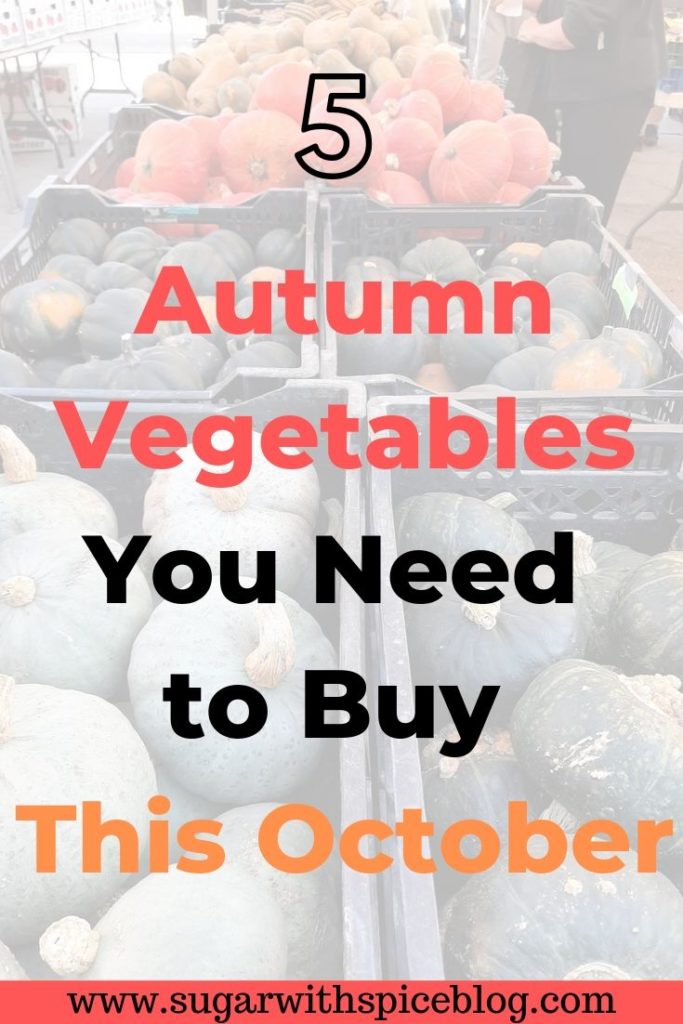
Why Shop At a Farmer’s Market?
Supermarkets are more convenient. Farmer’s Markets are expensive, locational, and only open at the most inconvenient times. But aside from just wandering around the beautiful stalls and feeling like you’re “supporting local businesses,” Farmer’s Markets will generally provide you better quality produce. The supply will be local, yes, but also freshly-picked. And you can trust the farmer will take great care in handling and transporting his own produce. The fruits and vegetables will be less likely to be covered in blemishes or bruises (except those naturally occurring from growth). You’ll also be able to ask specifically what pesticides and growing methods were used in each farm. All in all, more control over what you consume!
(Not to mention strolling around farmer’s markets is a great way to get to know what produce is in season when!)
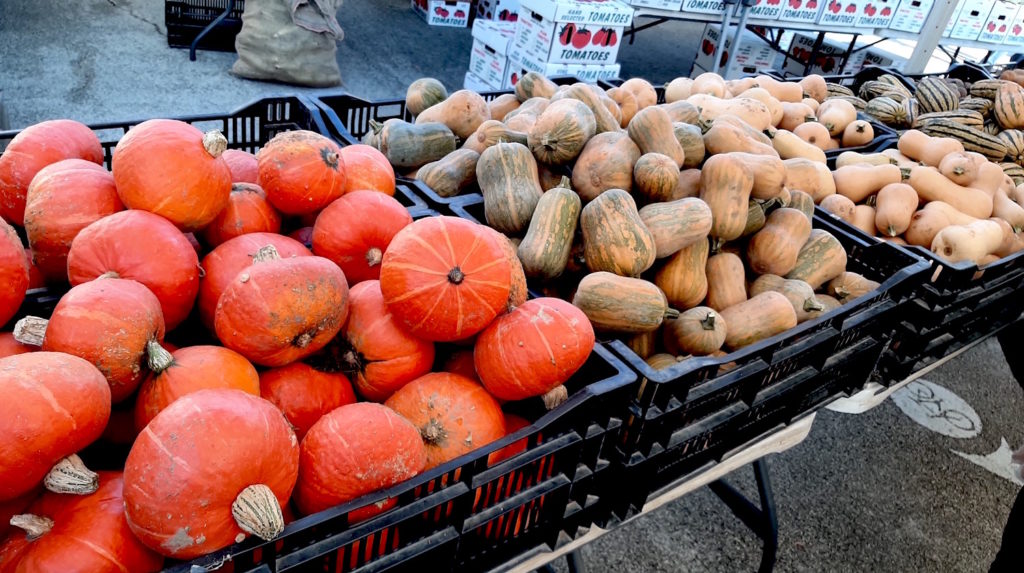
If you’re wondering a general rule for what grows in fall, think about vegetables that are grown for their leaves, stalks, roots, or bulbs. In the summer, we harvest the fruits of plants, like tomatoes. But in the fall we harvest these leaves and roots since they grow best at low temperatures!
Winter Squashes
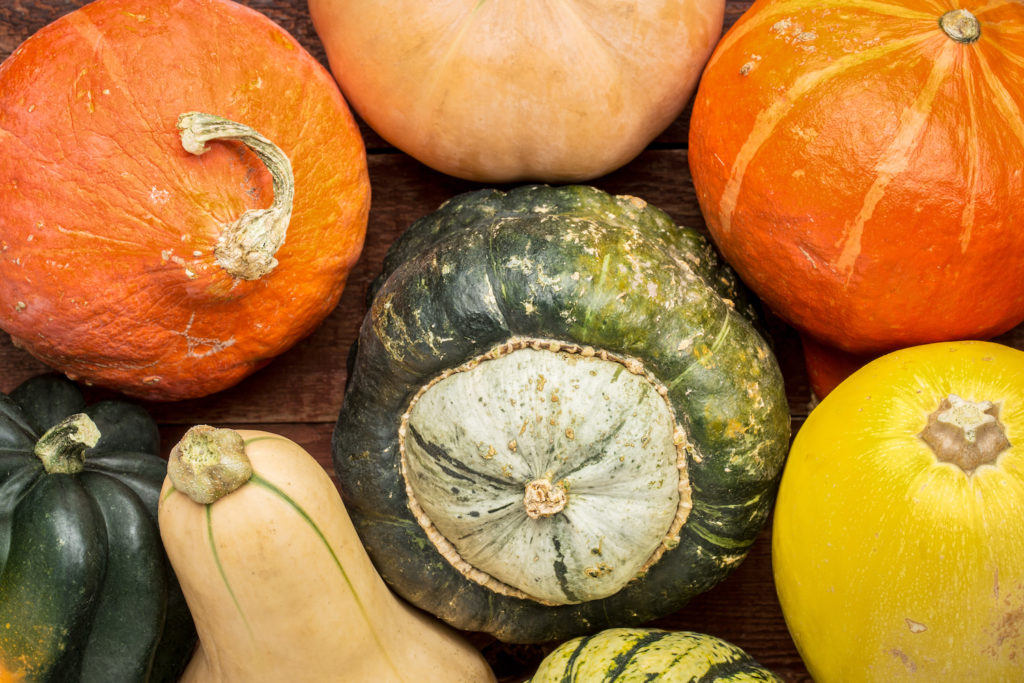
Though they are known as winter squashes, these varieties are actually harvested in the fall season beginning September through November. The good news? Whole squash keep for many months. So buy them now and store them until you’re ready to use them. (They also make lovely fall decorations until you are ready to eat them!)
- Butternut – sweet, nutty and smooth flavor, the most common of the winter squashes
- Honeynut – the tinier cousin of the butternut, honeynuts are much more flavorful, sweet, and nutty. They’ll be smaller and darker, almost a burnt orange color with stripes of green coming from the stem.
- Acorn – mild orange flavor, choose squash that are mostly green
- Turban – you’re unlikely to miss this one at the market. The blossom end has a narrower portion that looks like a turban. Their skin is mottled and bumpy, with colors ranging from white and green to yellow and orange. But as decoration and eat in a soup as the season ends.
- Spaghetti – mild flavor with long stringy flesh that resembles pasta. Use as a pasta substitute!
- Kabocha – can be either green or red, round, but flattened at the stem. They taste vaguely like a sweet potato. You can eat the skin, so roast slices whole
- Pumpkin – pie pumpkins will be smaller and lighter orange in color. A little sweeter than large pumpkins. Use them to make savory dishes like roasted pumpkin soup as well!
- Delicata – lovely chestnut and sweet potato flavor. Unlike other squash on this list, it doesn’t store well. Buy and eat now.
Cruciferous Vegetables
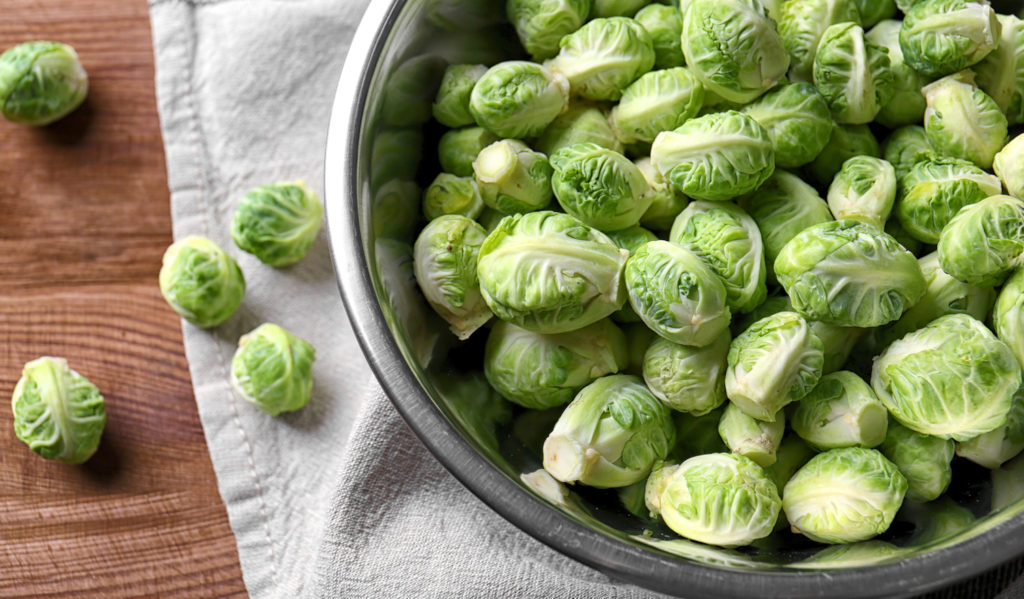
Cruciferous vegetables tend to grow best once the temperatures drop below 70 degrees Fahrenheit. You may start seeing a few in June/July, but their peak season is September through November. They are actually the blossoms of these plants.
- Cauliflower – ranging from purple to white, they have a mild, nutty, bitter flavor. They are fairly versatile and can be riced, added to curries, or roasted whole.
- Broccoli – dark green blossoms with a grassy, earthy, bitter flavor.
- Brussels Sprouts – the small blossoms that sprout along the stalk of the plant and look like mini cabbages. Choose bright green sprouts with little yellow discoloration. The flavor is nutty and bitter, leafier than broccoli, but roasting brings out some sweetness.
Root Veggies
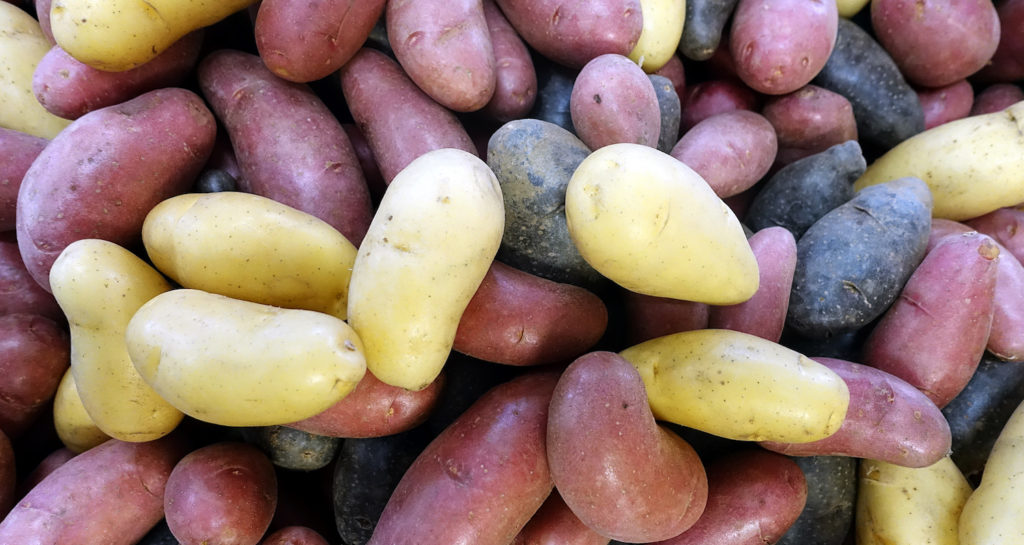
Typical of most roasted veggie sheet pans and common Thanksgiving side dishes, you’ll recognize a few on this list!
- Potatoes – come in all variety of flavors, colors, and textures. Try picking up a smattering of different ones to try them out!
- Sweet Potatoes – have a much sweeter flavor (almost maple syrupy) than regular potatoes and bright orange flesh.
- Jerusalem Artichoke – might also be advertised as a sunchoke, brown roots that look vaguely like ginger but taste more like a potato. They are a bit nuttier and somewhat reminiscent of the flavor of artichokes (though they bear no relation). Roast them as an alternative, mash them, or make them into a soup!
- Fennel – a cross between a celery and an onion, it’s great for adding a sort of bitter anise flavor to salads. Chop some up fresh fronds and sprinkle it in for a refreshing spring flavor or add the stalks in place of celery.
Leafy Vegetables
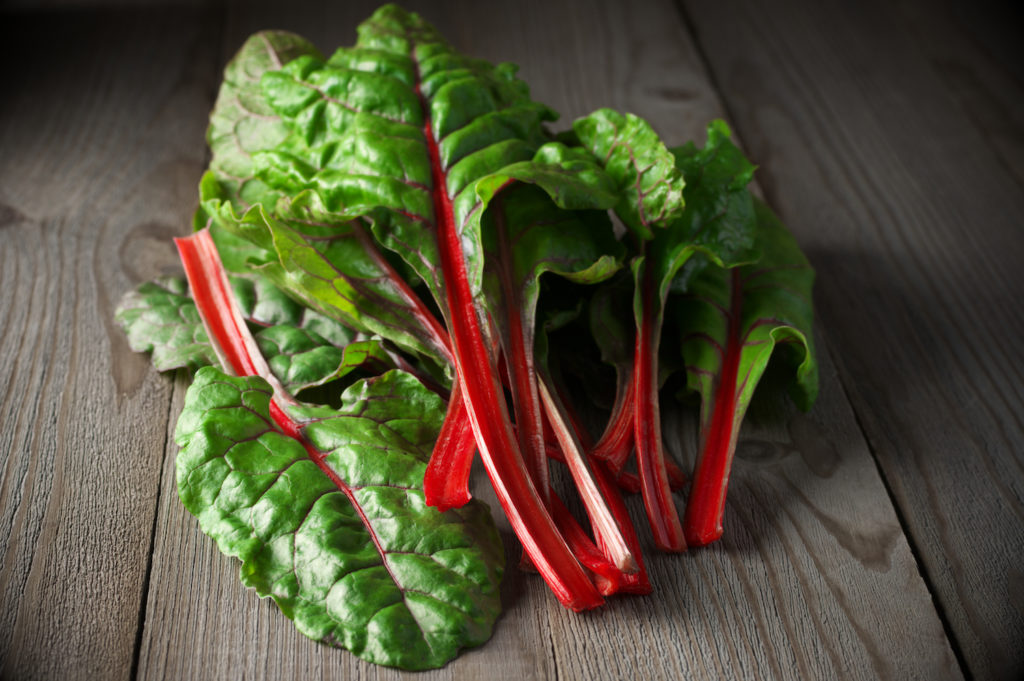
Contrary to popular belief, most leafy vegetables are harvested in the fall. They make lovely colorful side dishes and are a way to freshen up a table laden with stored foods and heavy roasts.
- Cabbage – sweeter and more textured than lettuce, it comes in all sorts of colors like purple, white, and green. Use it in cold slaw, as a wrapper, or even pickled into sauerkraut.
- Spinach – a mineral, earthy flavor, but there is a bitter side to it. In the same family as beets, but undeniably much tastier! It’s one of the most versatile leafy greens and can be added to omelets, soups, stir fries, sautees, and even eaten fresh as salad.
- Swiss Chard – in the same family as spinach and can have a similar texture, though a bit more rubber or waxy, especially when fresh. It’s bright red stems lend a sweeter flavor when its cooked, but it tastes largely like a more exotic spinach.
- Endive and Chicory – a bit of a fib here since endive is in the chicory family and, indeed, the most popular of all the chicories. (Is that a word?) Radicchio and escarole are included in the family and also harvest around similar times. Chicory leaves generally are a bit bitter but very crisp and serve as excellent alternatives to bread for a cheese/paté board. You can also toss them in a salad or roast them!
Fruits in Season in October
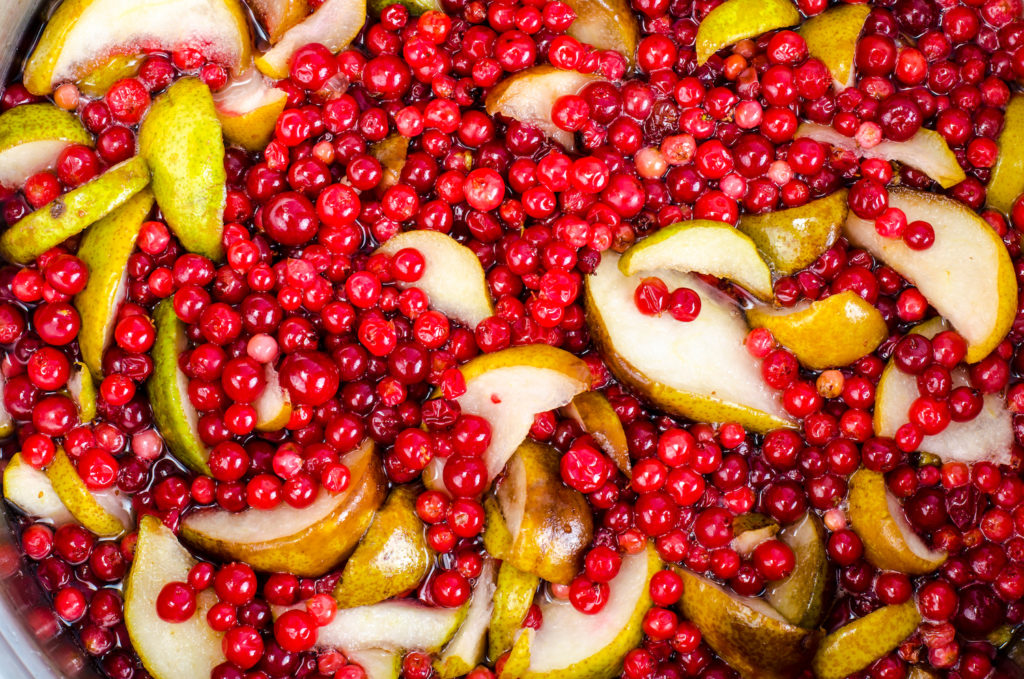
Of course, if you’re planning a big fall meal, you can’t leave out the fruit. What about the apples pies! The cranberry sauce! The poached pears! Below are the top fruits you should purchase in October. You can find them in a supermarket all year long, but they’ll be at their absolute best in October. Especially if you buy from a farmer’s market or orchard!
Apples
Apple season begins in September, and while most orchards stop allowing you to pick your own around mid-October, the farmer’s markets will still be full of varieties! Fall is the perfect season both for eating apples plain and for baking them. For some interesting new baking varieties try:
- Braeburn – crisp, juicy, sweet, hints of spices
- Winesap – spicy, tart, and sweet, cider flavor
- Pink Pearl – crisp, sweet and tart
Apples in the supermarket will likely have been picked and stored for months. So if you want to be sure you’re getting fresh fruits, go to the farmer’s market or an orchard.
Grapes
In mid-September grape season comes into full swing in the United States. Different varieties crop up over the course of September through November. In October especially try:
- Canadice – purple
- Thomcord- blue
- Niagra – green
Pears
Pears are specifically important to purchase from farmer’s markets. You’re more likely to end up with a freshly picked and gently transported fruit. So you can avoid that horrid mealy grainy pear that traumatized you as a child. Pears are traditionally a fall-winter fruit. Right around now the bright green Bartlett pears are fading away. They’ll be replaced by Seckel and Comice.
Towards the end of the month start looking for Bosc and Anjou pears which are traditionally late November-December fruits!
Pears do ripen off the tree. So purchase firm ones and check them periodically around the stem to see if they’ve softened.
Cranberries
Surprisingly Cranberries are at their most flavorful in October, not November. They’ll be bright red and firm to touch and full of tart and tangy flavors. (Fresh ones bounce when they are dropped so you can always test them that way!) Buy them now and use them in some fun dishes to spice up the holidays and surprise your family pre-Thanksgiving. Add them to salads, baked goods, sauces or even plates of roasted veggies.
Or buy some now and store them in the fridge for a few months. (They’ll also keep in the freezer for a year.) Remember the growing season is quite short, so stock up now!
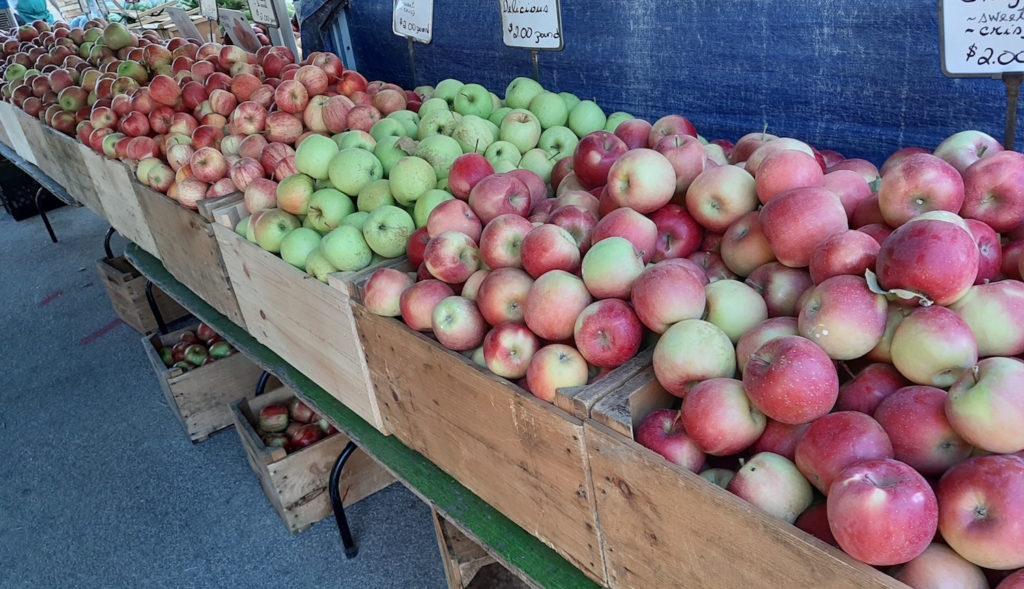
It’s important to remember, even as winter closes in and fall strips us of some of our favorite fruits…you can still have a huge variety on your table. Not only that, some of the best taste and most nutritious fruits and veggies are actually fall harvest foods. And…they keep! So buy them now for the best flavors you’ve ever tasted and enjoy them all season long!


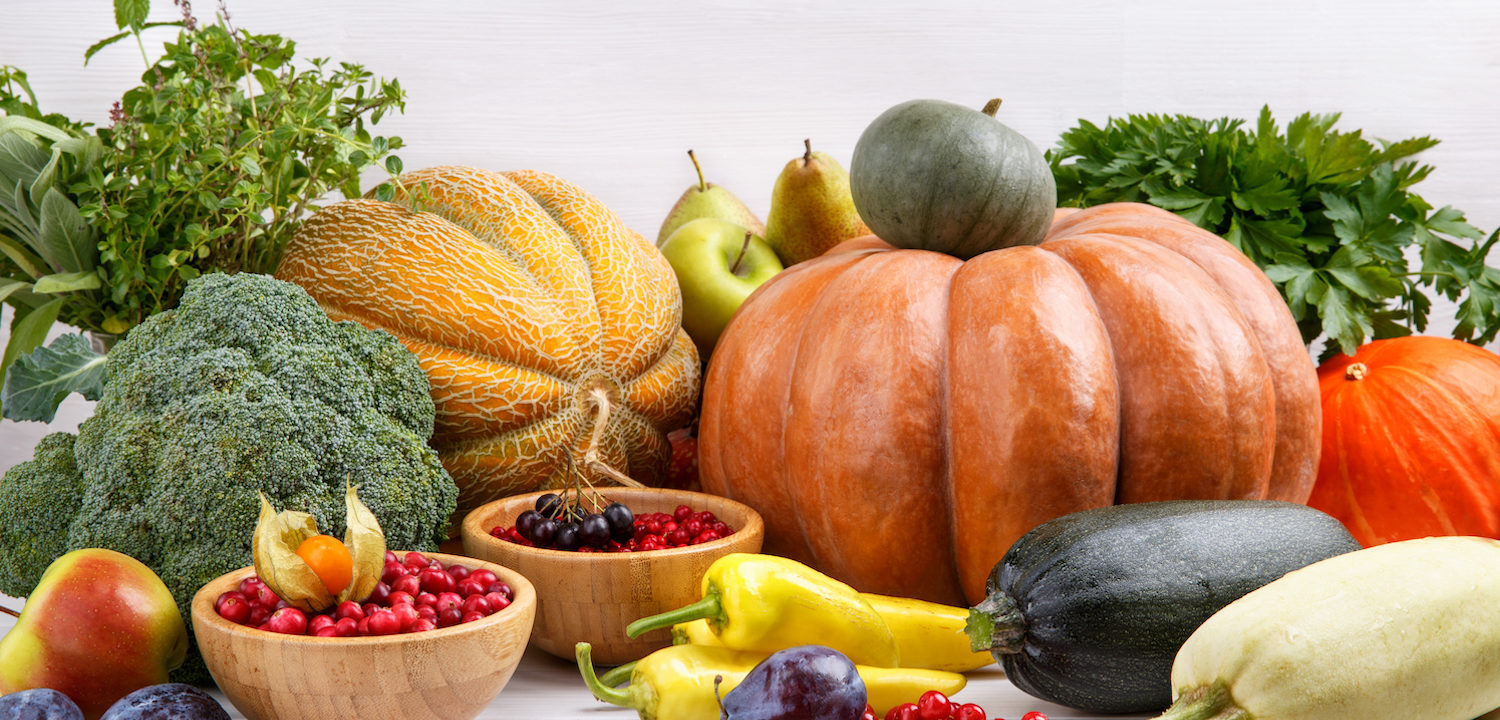
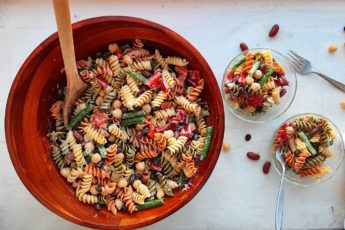









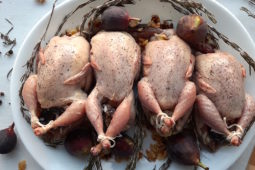
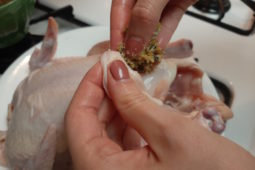

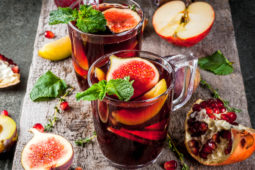

Leave a Comment